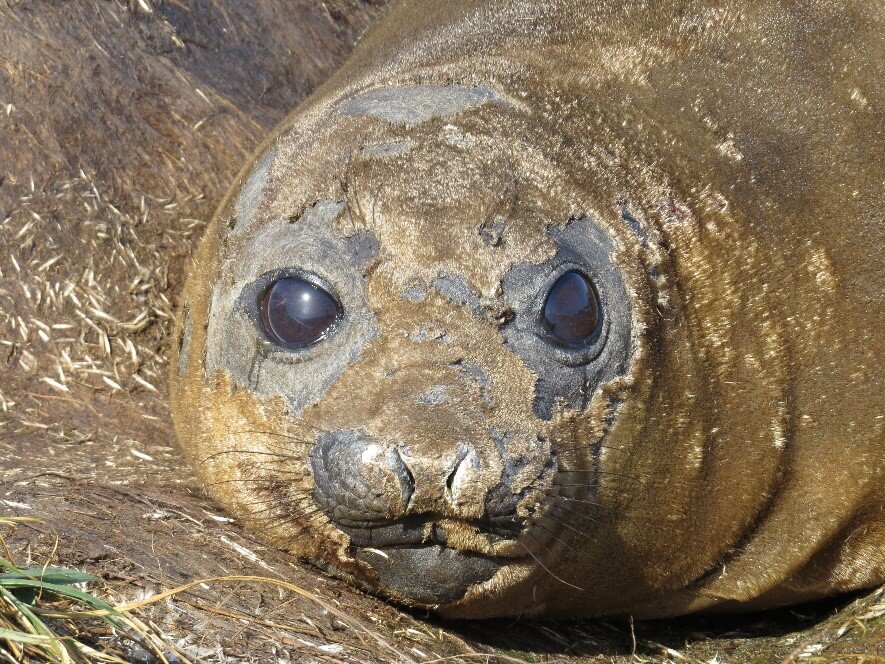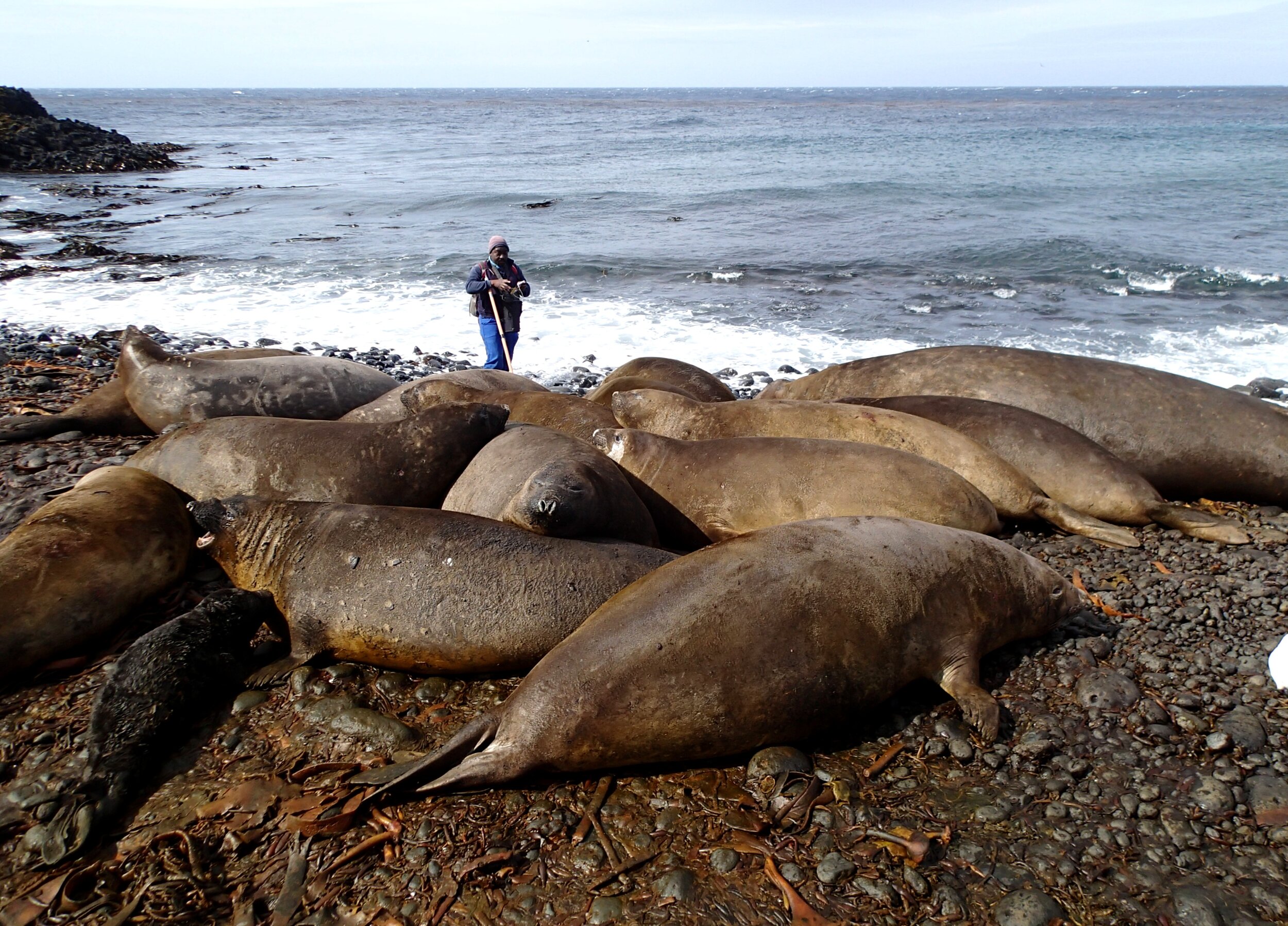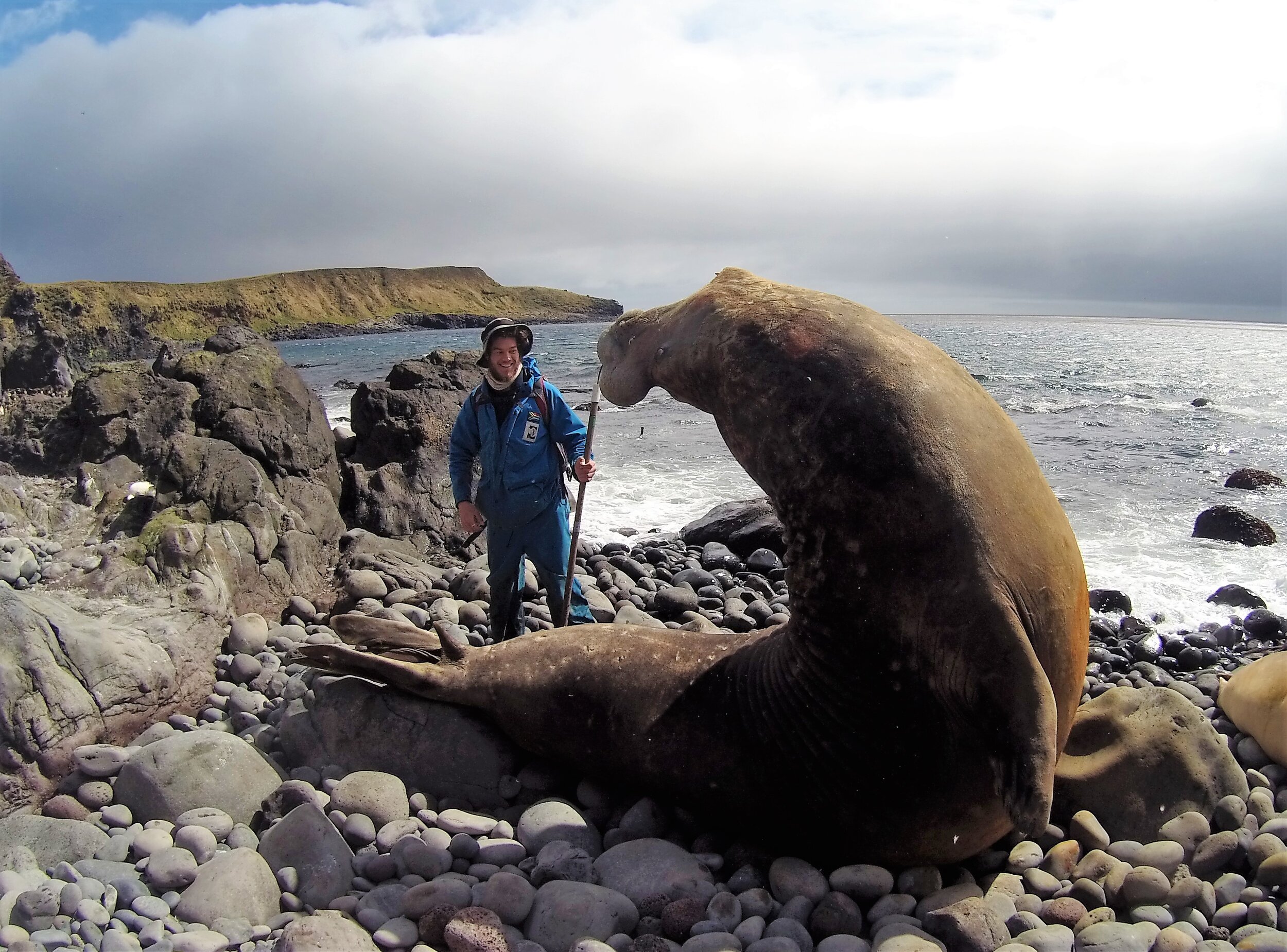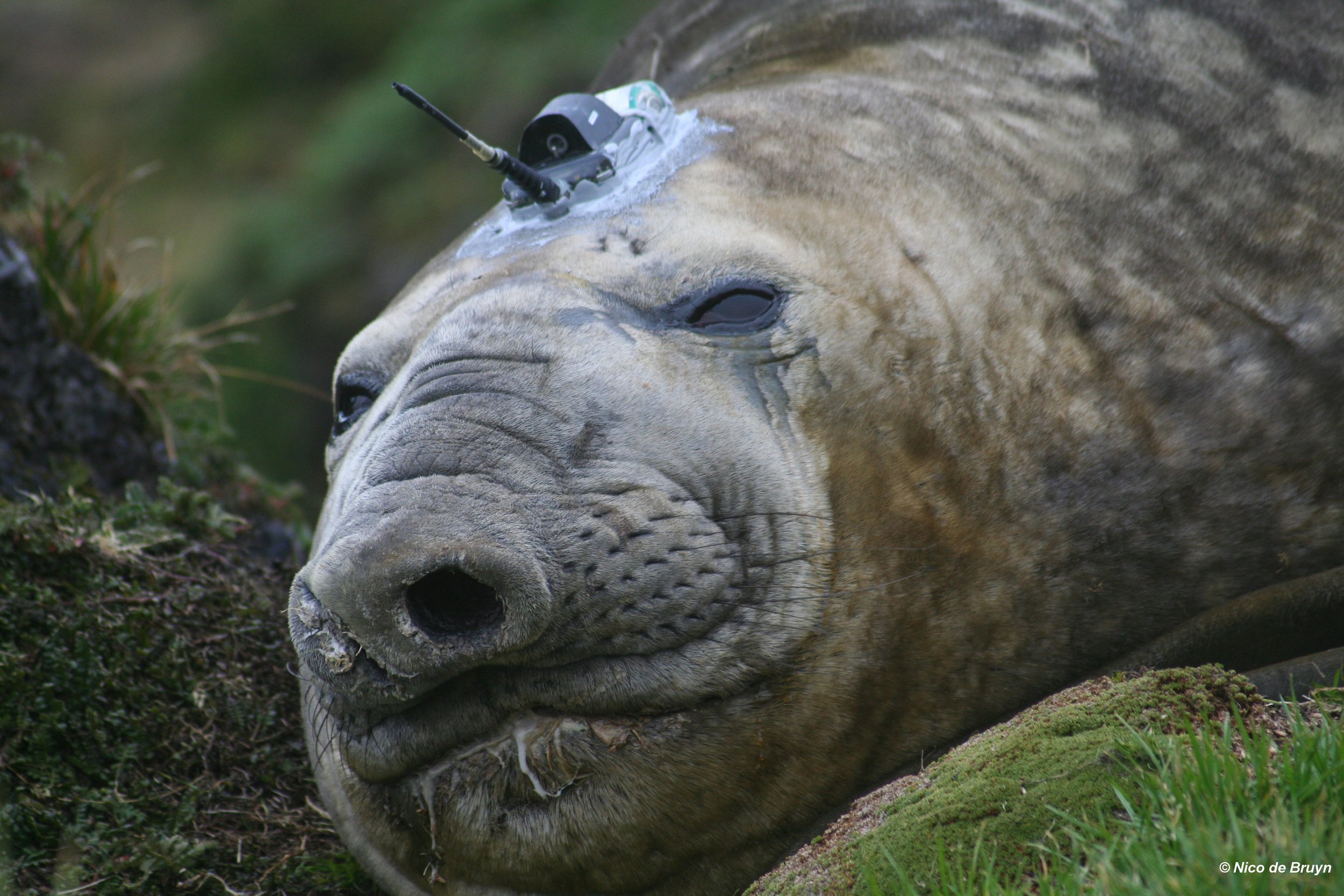Congratulations Prof. Marthan Bester! MIMMP founder is awarded for Excellence in Wildlife Research and Management
/
Prof. Marthan Bester receiving his SAWMA lifetime achievement award.
The Southern African Wildlife Management Association awarded MIMMP’s Prof. Marthán Bester with the Excellence in Wildlife Research and Management Award at their 50th-anniversary conference last week!
Marthán’s lifelong dedication to marine mammal conservation, management and research in the Southern Ocean and Antarctica has inspired not only his fellow academics and policy makers, but also thousands of undergraduates, schoolchildren and members of the public through his publications, lectures and radio/television appearances.
Prof. Bester completed his PhD on Subantarctic fur seals at the University of Pretoria (UP) in 1978, and since then has frequently undertaken research expeditions to various Southern Ocean islands and Antarctica. Marthán served as an Antarctic Research Officer (Mammals) to the Department of Environmental Affairs between 1982-1996, after which he became a lecturer at the University of Pretoria. In 2002 he was promoted to Full Professor. Marthán retired in 2014, but remains affiliated to the University of Pretoria as Emeritus Professor and as Senior Research Fellow with the Mammal Research Institute.
Marthán has an extraordinary legacy on Marion Island, where he conceived, initiated, maintained, and managed (uninterrupted since 1983) until his retirement the intensive Marion Island southern elephant seal mark-recapture research endeavour that the MIMMP is famous for today. This programme stands as one of the longest running and most important large mammal datasets in existence globally and is the foremost of its kind for the species. Marthán also played a crucial role in coordinating the almost 20-year long (1972-1991) successful eradication of invasive cats from Marion Island.
To this day, Professor Bester remains a tremendously productive and influential international scientist. Perhaps his greatest legacy, however, lies in the multitude of students guided, collaborations built with local and international scientists and multiple training and networking opportunities forged for the next generations of scientists and environmental managers in South Africa. Because of their expedition research and experience gained, most of the Marion Island “Sealers” and “Cat hunters” have completed postgraduate degrees and many have gone on to hold influential positions in research and conservation both nationally and internationally.
Marthán’s achievements are not only a result of his tremendous foresight and passion for the Southern Ocean, but also of dedication and a remarkable capacity for hard work while maintaining a friendly and welcoming demeanour to all.
Sincere congratulations on winning this prestigious award Marthán!! The MIMMP is exceptionally proud to be following in your footsteps and continuing the work of such an excellent ambassador for Antarctic research, influential marine mammal scientist and role model.


























































